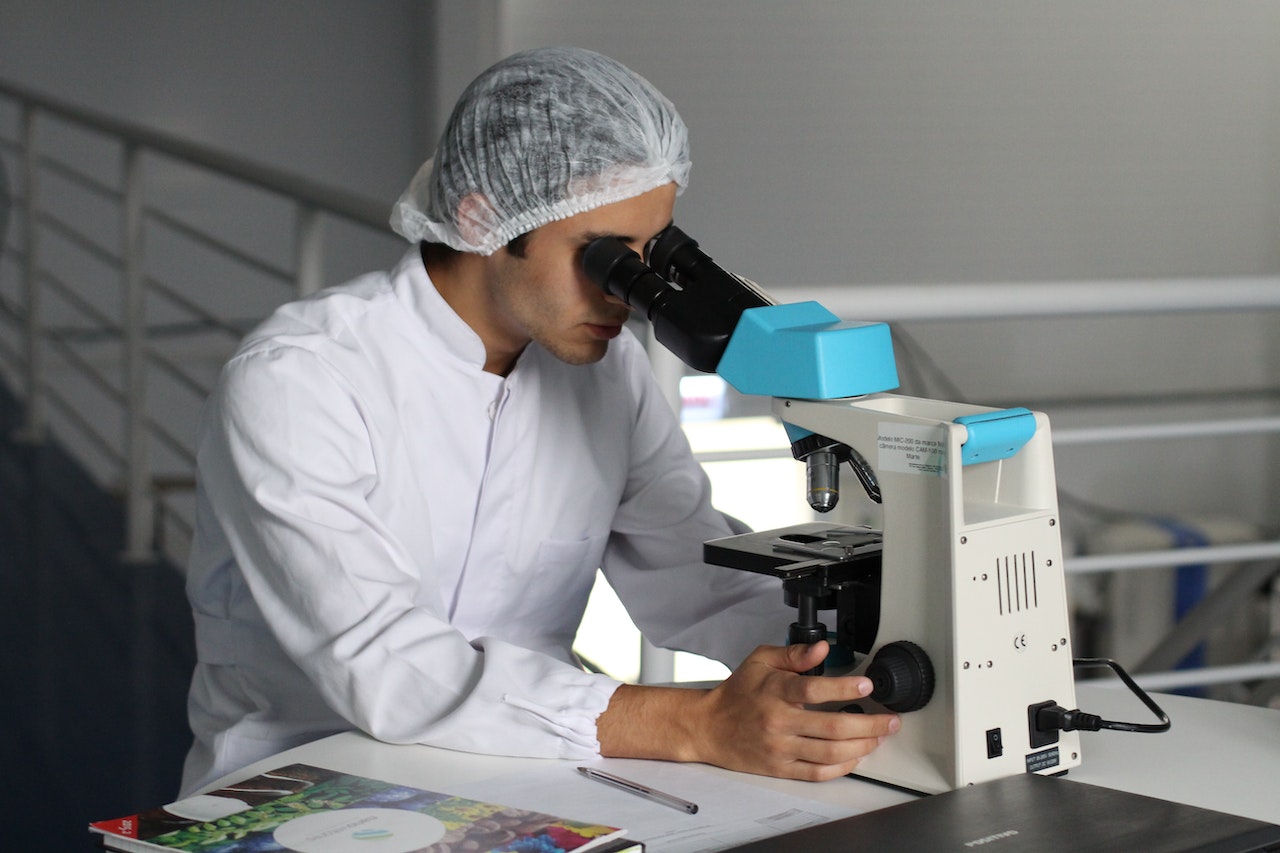
Over the years, researchers and scientists have revolutionized science with their inventions and discoveries. With the advancement of technology comes the advancement of science.
But have you ever wondered how scientists could see what things are made of without breaking them apart? Chemical imaging is the answer. The chance to see what makes up a human being and the microscopic particles surrounding it is like having X-ray vision.
Chemical imaging visually represents any given chemical sample’s structure, composition, and dynamics. To gain fundamental knowledge, chemical imaging aims to understand time-dependently the spatial and functional aspects of complex chemical structures and processes.
How Does Chemical Imaging Work?
Chemical imaging is similar to taking a photo of something to find out its composition. Rather than a standard camera, it utilizes specialized equipment like microscopes or lasers that may display all the compounds in the object examined. Mostly, chemical imaging system applies spectroscopy or microscopy:
Mid-Infrared (MIR) Spectroscopy
Mid-infrared (MIR) spectroscopy examines a sample with infrared light and vibrations. MIR spectroscopy can detect small changes in chemistry and structure and is frequently used to specify unknown elements. Researchers can identify the different types of molecules in the sample and produce an image of their distribution by evaluating the infrared light’s absorption or reflection.
Near-Infrared (NIR) Spectroscopy
Near-infrared (NIR) spectroscopy is a technique that uses particular light to pinpoint a substance’s composition. It is simple to set up, can peek through packaging, and safely identify the composition of objects without damaging them.
Raman Spectroscopy
Raman spectroscopy utilizes a specific light to shine on objects to reveal their composition. With this, you can witness the many light colors the object’s particles emit due to the light making them shake and move.
However, remember things that glow excessively should not be used with this method since it may damage the object with the light. It works well to examine objects containing water, such as living creatures.
Chemical Imaging Application
Chemical imaging examines medication pills and determines how much medication is included. It aids in detecting things that shouldn’t be there, such as dirt or harmful substances. This way, you can determine whether or not processes are running well.
Chemical imaging systems can produce images that are hard to interpret and may require high education and training. Within this, you can better comprehend how things are manufactured and why they occasionally malfunction. It may help you with figuring out whether anything is broken or needs to be fixed.
In the field of biomedical research, chemical imaging is important. It can be used to locate and identify particular molecules in tissues, like proteins and lipids, and to understand their functions in biological processes. This information can be helpful in the development of new medications and cures for diseases.
Understanding the Importance of Chemical Imaging
Undoubtedly, chemical imaging is like having a superpower that entitles you to see into objects without breaking them up. Scientists can identify and map the chemical components of a sample in great detail through several types of spectroscopy and microscopy. As technology progresses, chemical imaging will keep giving you a fresh perspective on the world.
References:

